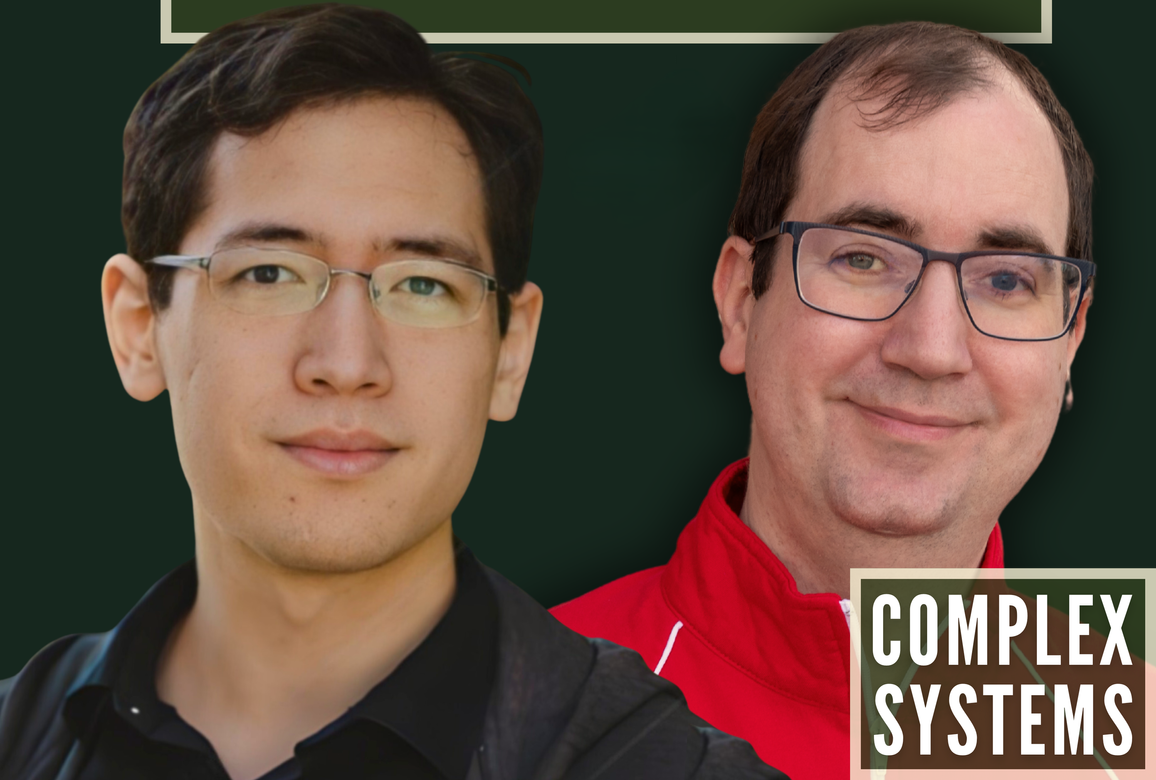What on Earth is a Series I savings bond?
Not investment advice, of course.
Summary: The Series I savings bond is a US government bond offered to US citizens, with purchases limited to $10k per person per year. It pays interest set by a formula based on the official inflation rate, with a built-in lag. If inflation from November '21 to March '22 follows historical patterns, bonds purchased in December '21 and redeemed after 15 months will pay ~4.62% interest annualized. If inflation is higher (as it has been recently), the bonds will pay more; if it's lower, they will pay at least 3.56% interest when redeemed after 12 months.
All of those potential rates are a percentage points higher than any other bond that is even remotely as safe; this is because of the way the inflation adjustment rule works. Specifically, the inflation adjustment for the next six months is set based on what inflation was in the last six months. As a consequence, a Series I purchased between now and April 30 will pay its first 5-6 months of interest at 7.12% annualized (so 3.56% in 6 months), and then reset to some other rate that will depend on future inflation. If you don't want to stay invested after that, it's possible to redeem the bonds after 12 months.
If getting ~3-6% annualized interest on $20k of a US government bond is a thing that you want, then this might be the best way to do it.
(1)
The Series I savings bond is a US government bond that is offered directly to US citizens, with purchases limited to $10k per person per year. (Apparently, there's a way to purchase an additional $5k



